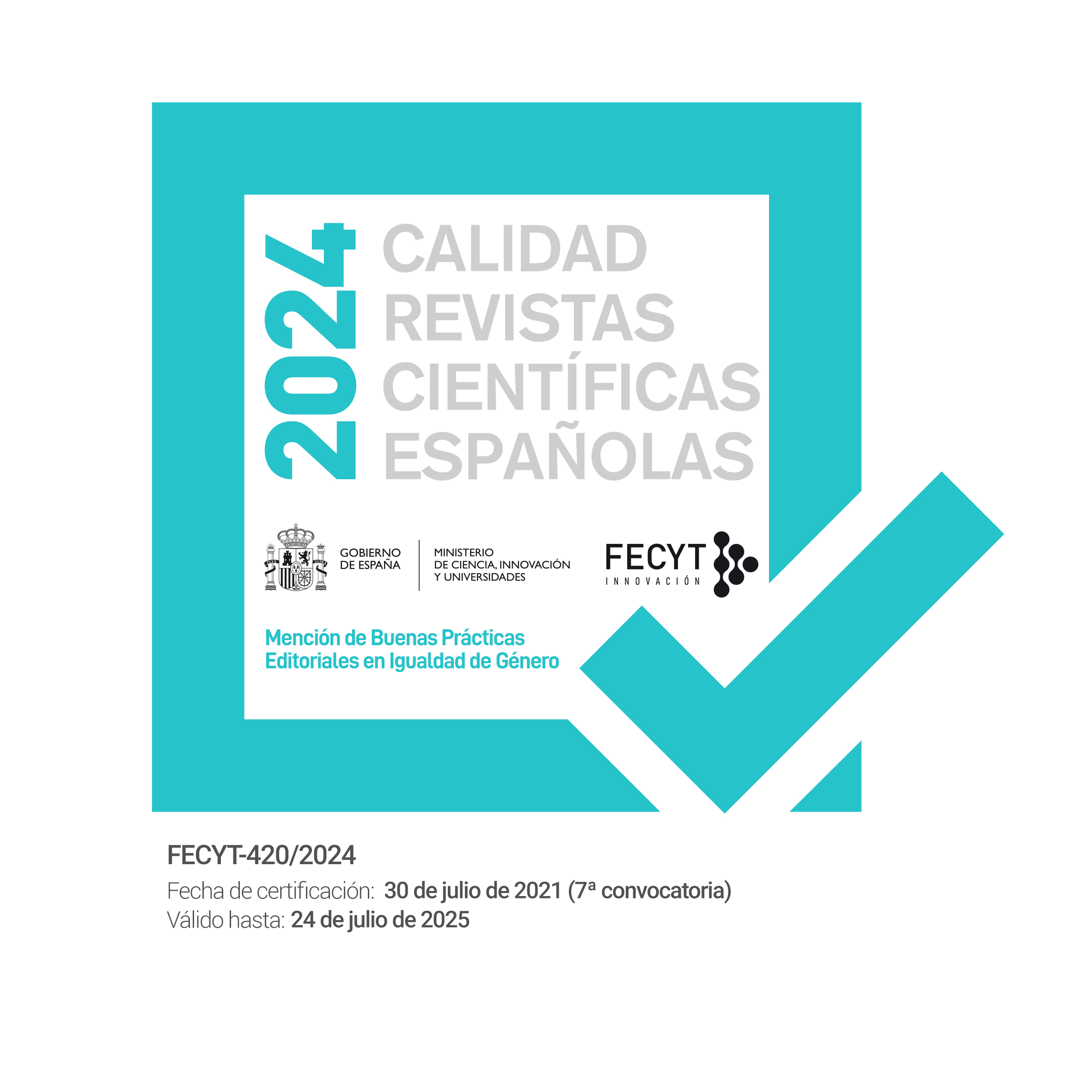Capital Ruptures: Economies of Crisis and Urban Space in Javier Moreno's 2020
Palabras clave:
Literature, Crisis, Javier Moreno, non-place, space, capitalismResumen
This essay asserts that the aftermath of the 2008 global economic crisis has re-focused scholarship onto capitalism’s tendency towards what David Harvey calls “creative destruction,” where space is continually destroyed and reproduced to serve the interests of capital. Following Harvey, my essay investigates the representation of space in relation to economic crisis in Javier Moreno’s novel 2020. I contend that in 2020, excess non-“places”—specifically, taxis, supermarkets, and airports—intrinsic to late capitalist society transform into sites of solidarity and social transformation as capital relentlessly degrades proper “places” of the urban landscape. Thus, the essay critically examines depictions of spaces, places, and non-places in 2020 to argue that Moreno "capitalizes" upon the political economy’s contradictions to represent the city’s supposedly unhistorical, asocial, excess “non-places” as sites that subvert neoliberal principles in a futuristic Madrid plagued by unfathomable crisis. This line of inquiry ultimately leads me to envision the novel in crisis as a virtual commons that encourages dialogue and cultural critique.
Descargas
Publicado
Cómo citar
Número
Sección
Licencia
Todos los contenidos publicados en la revista están protegidos bajo licencia Creative Commons BY-NC-ND. La jurisdicción de la misma corresponde a las leyes vigentes en España y sus condicionamientos no permiten el uso comercial de la obra ni ningún tipo de modificación sobre la misma.
Datos generales.
La revista de literatura comparada 452ºF [ISSN 2013-3294] es un proyecto editorial coordinado por la Asociación Cultural 452ºF, y desarrollado por todo el Consejo de redacción.
Acceso y empleo de los contenidos.
Todos los contenidos publicados en la revista están protegidos bajo licencia Creative Commons BY-NC-ND. La jurisdicción de la misma corresponde a las leyes vigentes en España y sus condicionamientos no permiten el uso comercial de la obra ni ningún tipo de modificación sobre la misma.
Es decir, toda persona tiene derecho a acceder libremente a cualquiera de los contenidos de la revista siempre y cuando se asuman los deberes de no lucrarse de un trabajo ajeno y de salvaguardar los derechos morales de los diversos autores implicados en el proceso de creación y edición de los artículos y de la revista.
En todo caso, es necesario citar la procedencia en cualquier reproducción parcial o total.
Bases de toda convocatoria de la revista.
- 1. El autor acepta que el envío de su trabajo…
- a. no garantiza la publicación del mismo.
- b. cumple con todos los requisitos plasmados en el Manual de estilo de la revista y la convocatoria correspondiente.
- c. implica la cesión no exclusiva de los derechos de primera publicación del mismo, siempre que sea considerado apto, a la Asociación 452ºF, que podrá distribuirlo libremente bajo licencia Creative Commons BY-NC-ND (cuyas limitaciones, lógicamente, no le afectan).
- 2. La revista 452ºF, respetando los derechos morales de la propiedad intelectual, se compromete a…
- a. valorar todo artículo recibido procediendo según lo pautado en el Sistema de arbitraje.
- b. notificar el acuse de recibo y valoración del artículo a su autor (indistintamente de si ha sido seleccionado o descartado).
- c. publicar íntegro todo artículo seleccionado, pero guardándose el derecho a variar su disposición tipográfica de acuerdo a las reglas de maquetación.
- d. publicar el artículo bajo licencia Creative Commons BY-NC-ND.




